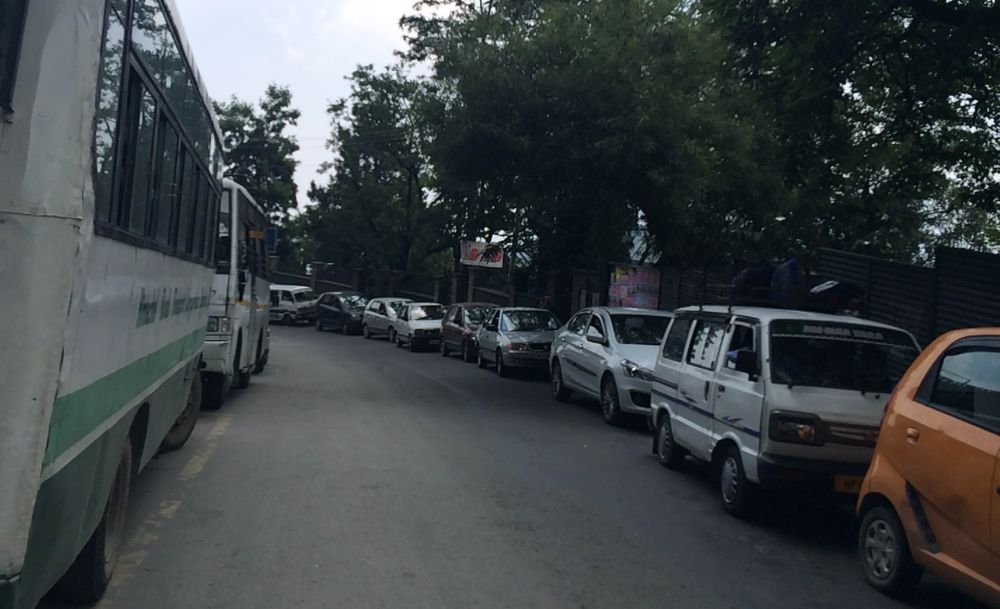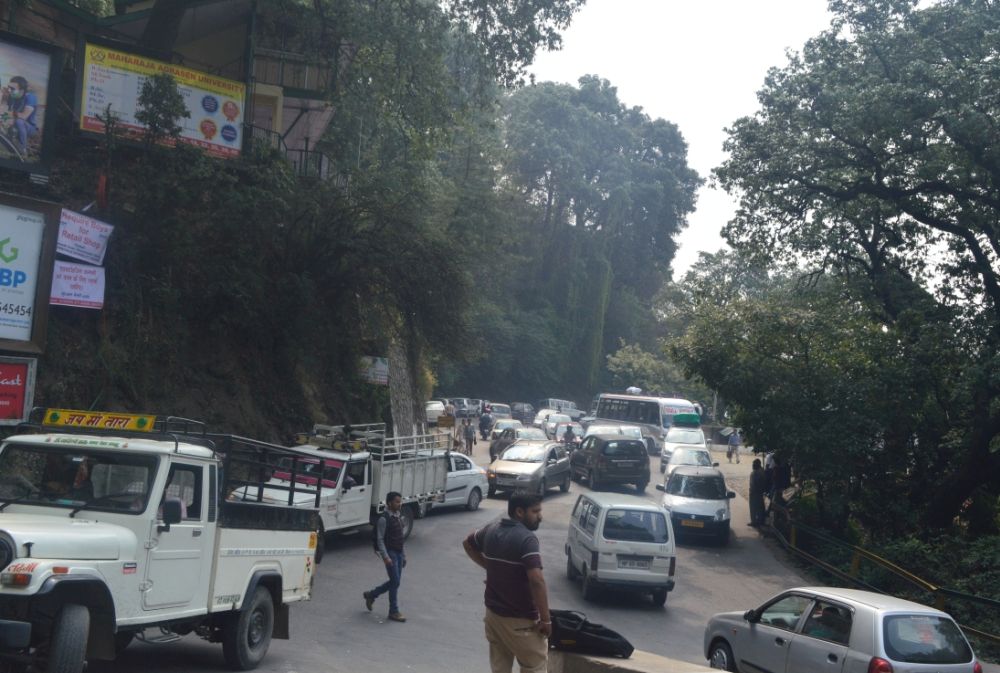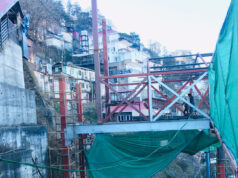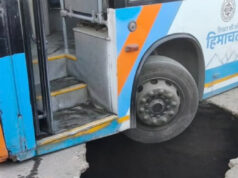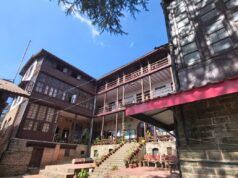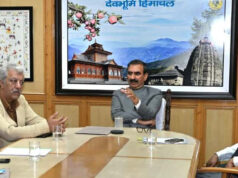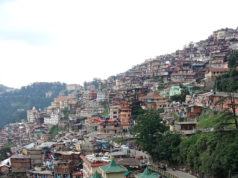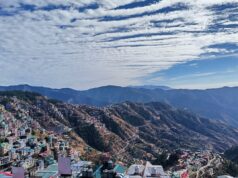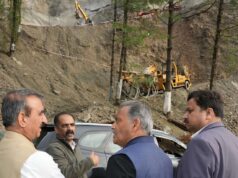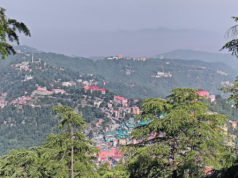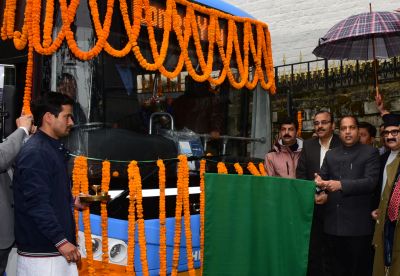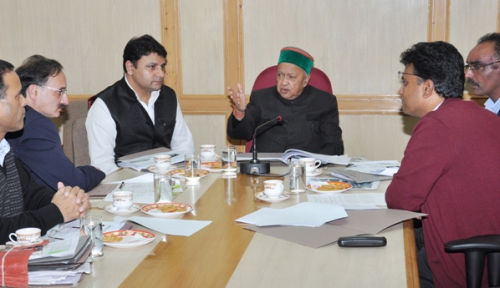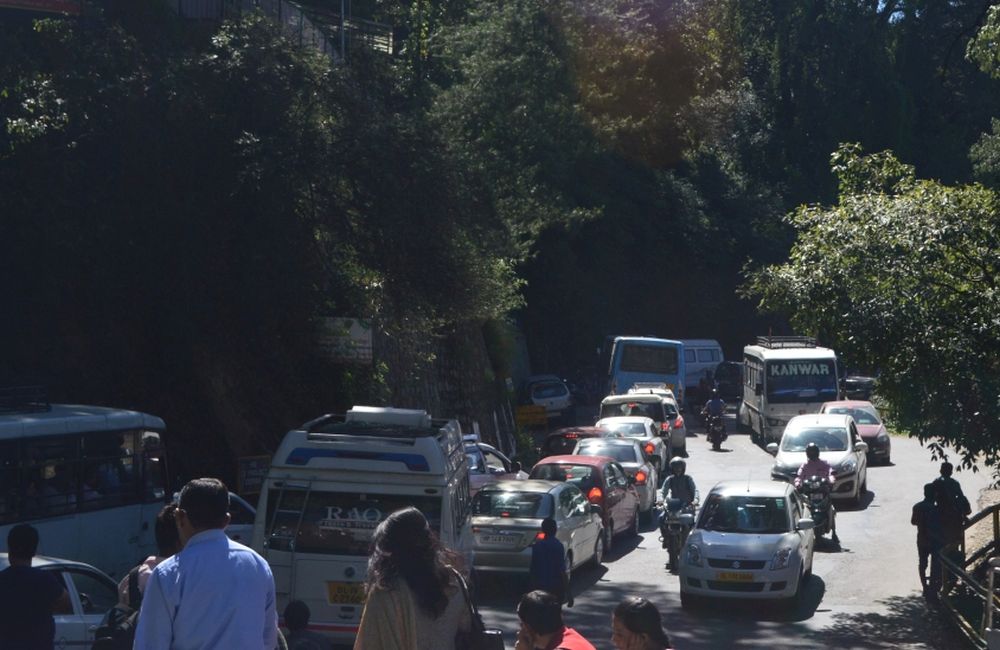
Flux of tourists from neighboring states and far ends of the country is taking a toll on life of locals in the Queen of Hills. Long lines of small and big vehicles bringing life of the small hill station to a standstill has become a common occurrence in recent times. The situation gets worse during summers when mercury crosses 40⁰C mark in plains and people flee metro cities to find respite from scorching heat.
The beautiful town that was built to accommodate a population of not more 18,000 people is currently overburdened by a huge number of about 170,000 citizens. Additional 10,000 to 15,000 tourists from Punjab, Haryana, Chandigarh and Delhi visiting Shimla per day during summers make things worse. However, some of them use public transport or local taxi service to reach Shimla and commute in and around the city, others use their personal vehicles. There are more than 2,500 cars that enter the city every day during tourist season (May-June, December-January), putting an extra burden on local environment and roads.
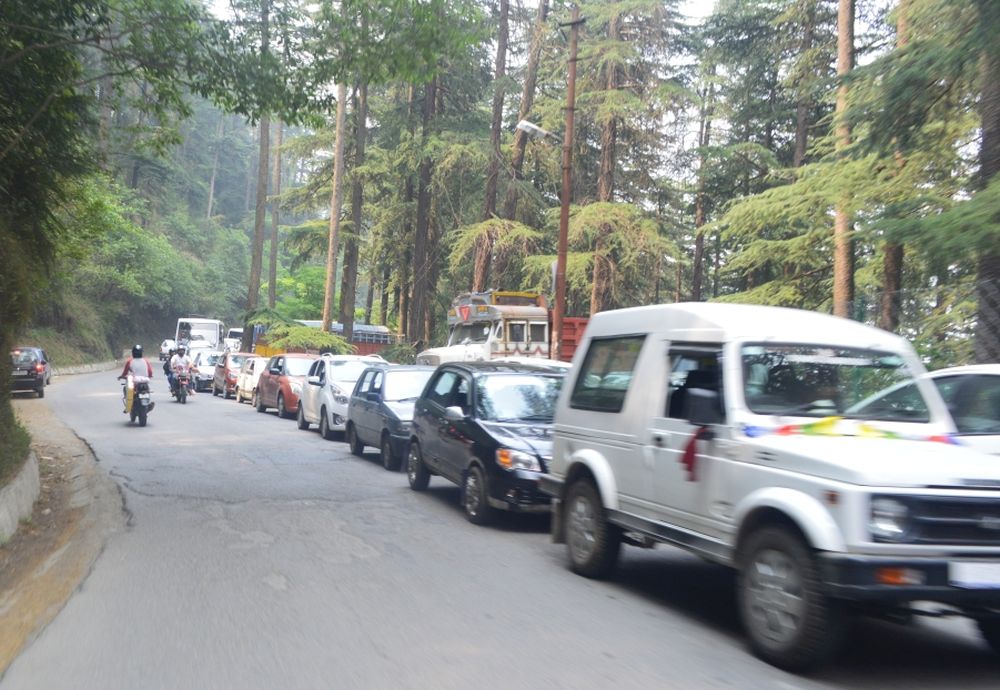
There are more than 80,000 vehicles registered in Shimla. And the total number of cars entering Shimla every day is 2,500. Now let us do a little math – if only 10,000 out of 80,000 registered vehicles on an average hit the road every day, the total number shoots up to 12,500. This doesn’t include another 2,500 state-run buses. Yes, the number is huge and alarming for congested city roads of Shimla.
A small town where roads are narrow and inconsistent is having a hard time. In such a scenario where local residents find it difficult to find a parking spot for their cars, tourists have to pay heavy fees to park their cars. There are just five paid parkings in the town offering parking space for not more than 1,000 vehicles. 1,000 parking slots against 12,500 vehicles is a poor ratio, which forces local people as well as tourists to park their vehicles along the either side of roads, increasing traffic chaos to a whole new level. However, traffic police has deployed around 120 cops to ensure smooth traffic flow inside the city, but this is not enough.
This is current scenario, and you can well imagine the situation some five years down the line. And, the city does not seem to be making any positive progress in this regard. Opening restricted areas for parking tourist vehicles is just another quick fix which is bound to fall flat on face in coming days. Moreover, it is nothing more than an invasion into the heritage sites that felt protected until now under the UNESCO World Heritage Site tag.
For a state where tourism is responsible for about seven percent of the state’s Gross Domestic Product (GDP), regulating flow of traffic while maintaining the ecological balance is of the utmost importance to help keep tourism a thriving industry in the state.
